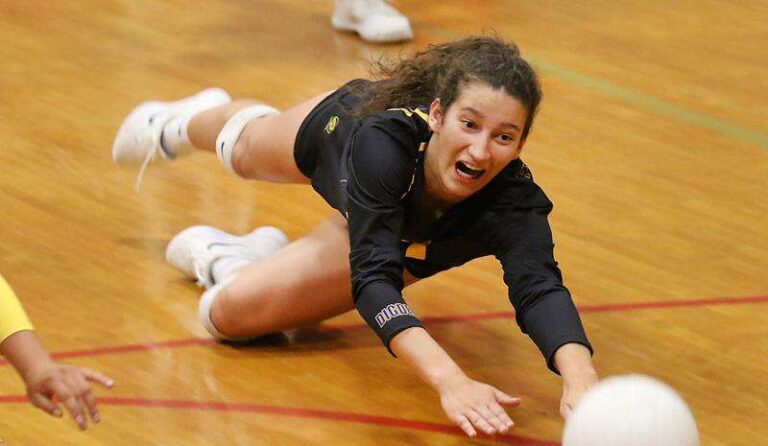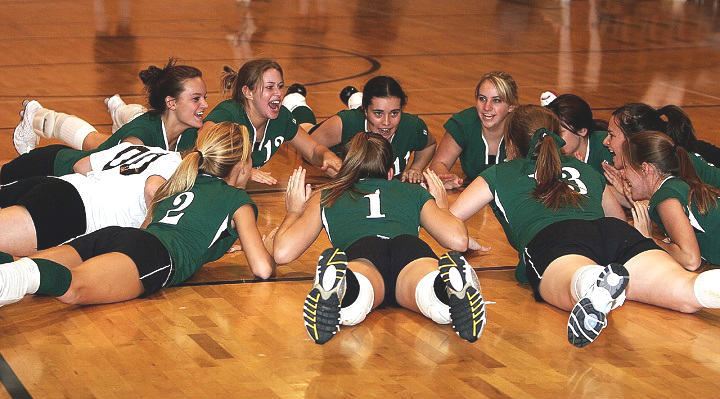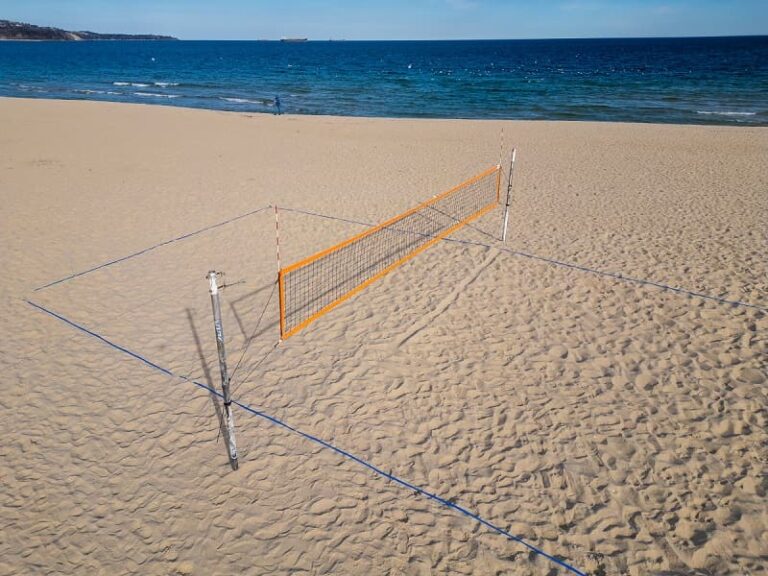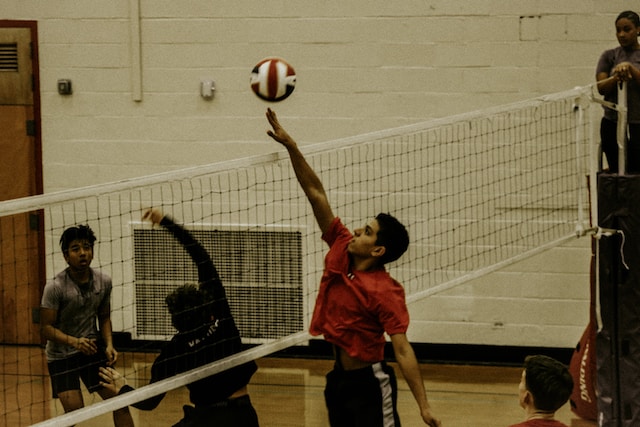What Is an Ace in Volleyball?

In the fast-paced world of volleyball, the term “ace” resonates with excitement and anticipation. But what exactly does it mean in the context of volleyball, and how does it impact the game? This user-friendly guide is your gateway to unraveling the mystery of aces in volleyball. We’ll not only define what an ace is but also explore its significance and the strategies behind this game-changing move. So, let’s dive into the world of volleyball and discover the art of scoring big with aces!
‘Ace’ Meaning in Volleyball
Before we delve into the excitement of aces, let’s break down the basics. An ace in volleyball is a term used when a player serves the ball in such a way that it lands in the opponent’s court untouched or unreturnable. It’s a serving masterpiece, a point-winning gem, and a powerful weapon in a player’s arsenal.
Serving in Volleyball
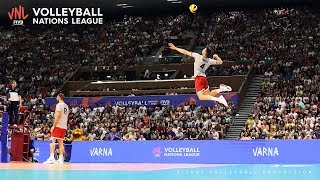
Serving in volleyball is a fundamental and crucial aspect of the game. It is the initial action in every rally, marking the beginning of a point. When a player serves, they stand at the back of the court and send the ball over the net into the opponent’s court, aiming to initiate the play and put pressure on the receiving team. Serving techniques can vary, with players employing different styles such as the float serve, jump serve, or topspin serve. The key to successful serving lies in precision, consistency, and strategically targeting areas of the opponent’s court to disrupt their defense and create opportunities for your team to score points.
Types of Serves in Volleyball
Serving in volleyball isn’t a one-size-fits-all affair; it’s a dynamic skill with various techniques players can employ to gain an edge on the court. Here, we’ll explore the different serving styles that add depth and strategy to the game.
1. Float Serve: The float serve is a finesse-driven technique. When executed correctly, it creates an unpredictable trajectory, making it challenging for opponents to anticipate and pass. The server aims to minimize the ball’s spin, creating a knuckleball effect as it crosses the net.
2. Jump Serve: The jump serve is a formidable weapon for players with power and precision. It involves a running start, a powerful jump, and a forceful hit that sends the ball hurtling over the net. The spin and speed generated in a jump serve can intimidate the receiving team.
3. Topspin Serve: The topspin serve combines power and accuracy. Players generate topspin by striking the ball with a slightly downward motion. This spin causes the ball to dip, making it difficult for the opposing team to handle. It’s a compelling choice for servers looking to attack specific areas of the court.
4. Underhand Serve: While not as common as other serves, the underhand serve has its place, especially in recreational and beginner play. It involves a simple underhand motion, typically used when serving overhand is prohibited.
5. Overhand Serve: The overhand serve is the standard in competitive volleyball. Players stand at the back of the court and strike the ball with an overhand motion. It allows for greater control and precision compared to underhand serves.
What Makes a Serve an Ace?

A serve becomes an ace in volleyball when it meets specific criteria:
- Untouched Landing: The served ball must land in the opponent’s court without any player from the receiving team contacting it.
- No Return: The receiving team fails to make a pass, dig, or any other return after the serve.
An ace is a serve that scores a point directly for the serving team because it was unplayable by the receiving team.
The Impact of Aces
Aces are not just about adding a point to your team’s score; they can be game-changers. Here’s how they impact the game:
- Scoring Points: Each ace adds a point to the serving team’s score, helping them get closer to winning the game.
- Boosting Confidence: Aces can boost the confidence of the serving team, making them feel more in control and motivated.
- Putting Pressure: Aces can put pressure on the receiving team, making it harder for them to return serves and disrupting their game plan.
- Strategic Value: Coaches often emphasize serving aces as part of their game plan because they can change the momentum of a match and give their team an advantage.
How to Serve an Ace in Volleyball
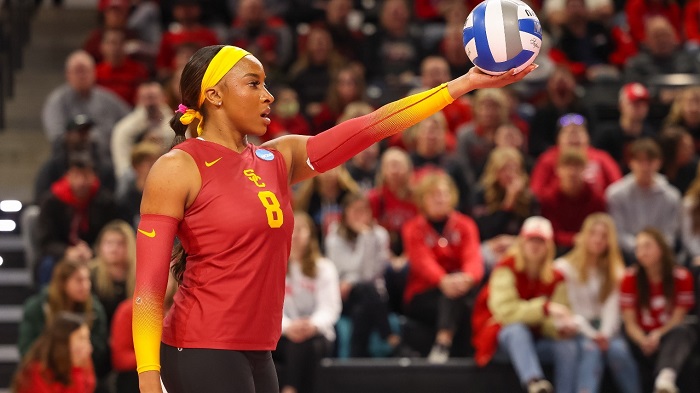
In volleyball, few moments are as exhilarating as serving an ace. That perfect serve lands untouched in the opponent’s court, securing an instant point for your team. If you want to elevate your game and master the art of ace-serving, we’ve covered you with these essential tips.
- Choose Your Target: Identify weak spots in the opponent’s court.
- Consistency Matters: Develop a reliable serving routine.
- Vary Your Serves: Keep opponents guessing with different serves.
- Master Your Toss: A good toss sets up a great serve.
- Perfect Timing: Focus on the timing of your approach and contact.
- Stay Calm: Handle pressure with a composed mindset.
- Team Communication: Coordinate with teammates for strategy.
- Practice Regularly: Improvement comes with practice.
- Analyze Opponents: Study opponent patterns for an advantage.
- Confidence is Key: Believe in your ability to serve aces.
With these tips in your arsenal, you’ll be well on your way to becoming an ace server in volleyball. Remember, it takes dedication and practice, but the thrill of serving those perfect aces is well worth the effort. So confidently step up to that service line and aim for greatness on the volleyball court!
10 Fantastic Volleyball ACES
Volleyball Related Questions
- Can You Touch The Net In Volleyball?
- What Is A Dig In Volleyball?
- How Many Sets Are In A Volleyball Game?

I’m James Ritter, a sports enthusiast. I’ve played sports since school, and now I enjoy writing about them. My goal is to inspire aspiring athletes through stories of success and determination. I believe anyone can achieve greatness with the right guidance. I aim to make a positive impact on the sports community by sharing stories and insights, connecting my love for sports and writing. Join me on this journey of inspiration for all sports lovers.

